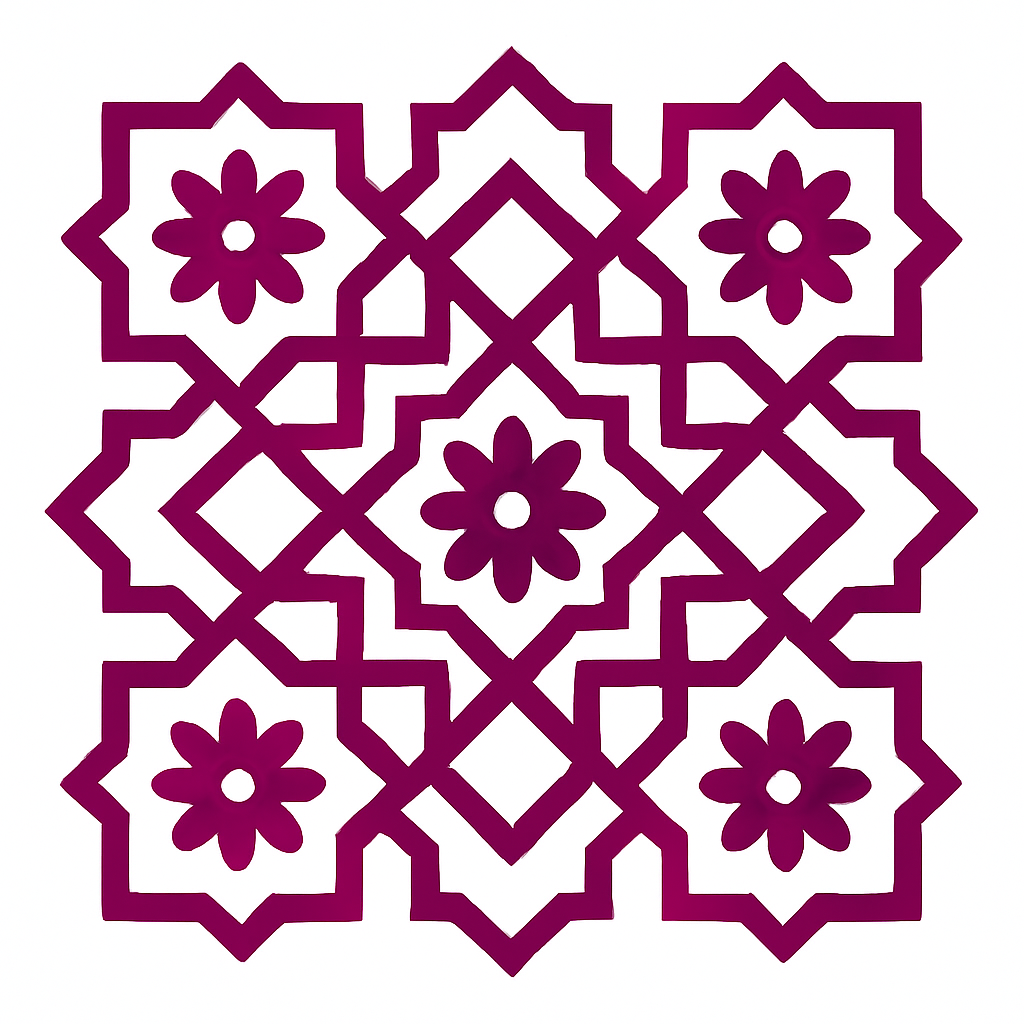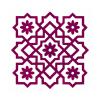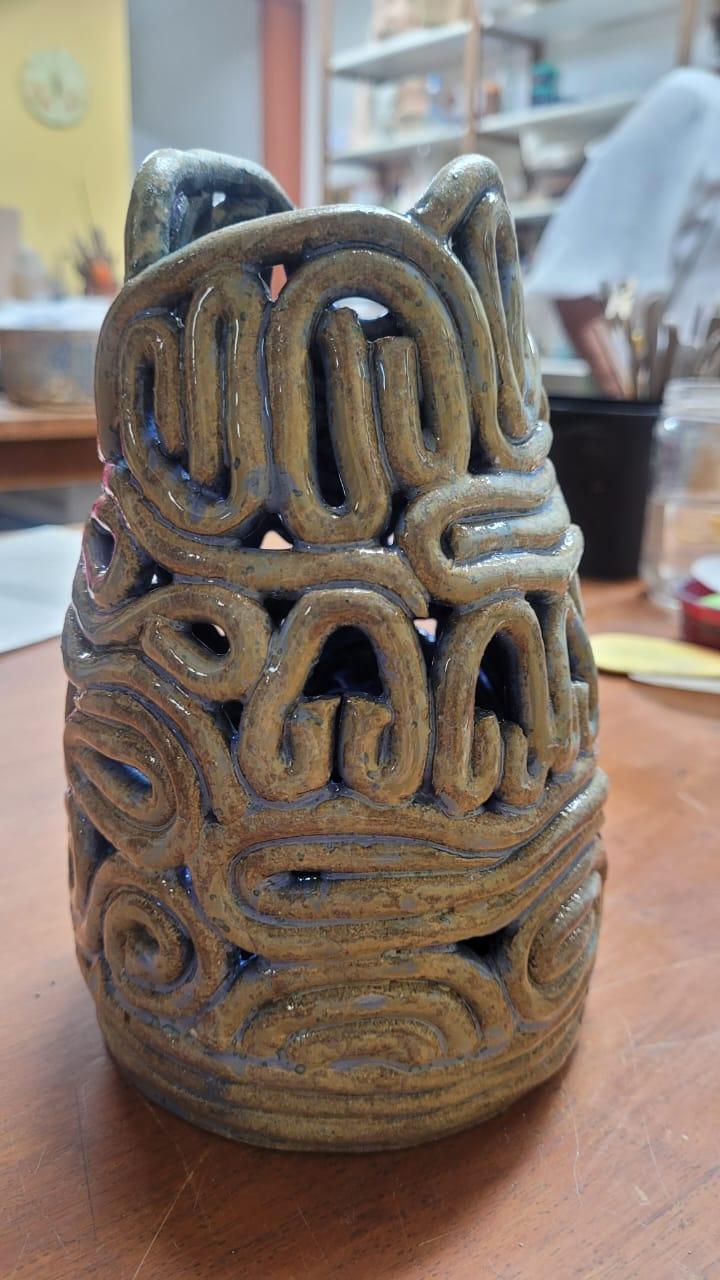Interwoven — 縄文の手 (Jōmon no Te) Inspired by the ancestral Japanese coil-building technique, this piece was built by hand, layer by layer, in a meditative and challenging process.
The Hands of Jōmon 縄文 (Jōmon) = literally “cord pattern”, the name of the ancient Japanese pottery period that inspired this work. の (no) = possessive particle, similar to “of”. 手 (te) = hand.
I came to ceramics looking for a slower pace. Since then, I’ve made many small, simple pieces—part of my learning process. Over 200 so far. But this one was different. It was my first medium-sized piece, the first to carry a deeper story.
The initiative came from my teacher, Magali Ercolin. She showed me a book written entirely in Japanese. I couldn’t read a word, but the images held me still. It was about Jōmon pottery—an ancient style from Japan, over 10,000 years old. The forms looked alive, interwoven, as if time itself had been shaped by hand.
I’ve always been drawn to Japanese culture. Seeing those pieces touched me in a new way. It made me want to try. To feel, through practice, what those images carried.
Jōmon ceramics are made with clay coils, one layer at a time. They don’t follow symmetry or perfection. They’re expressive. Strong. Almost instinctive.
When I began shaping this piece, I realized it required more listening than doing. Each line had to respect the one before. I redid parts. I waited. I learned to follow the clay’s timing. I chose a glaze that would flow into the grooves, reveal the voids, highlight the texture.
In the end, it came out like this—a piece that feels alive. Something between the ancient and the now.
I named it Interwoven because that’s what I felt: clay, time, body, and story meeting through gesture, patience, and creation.


